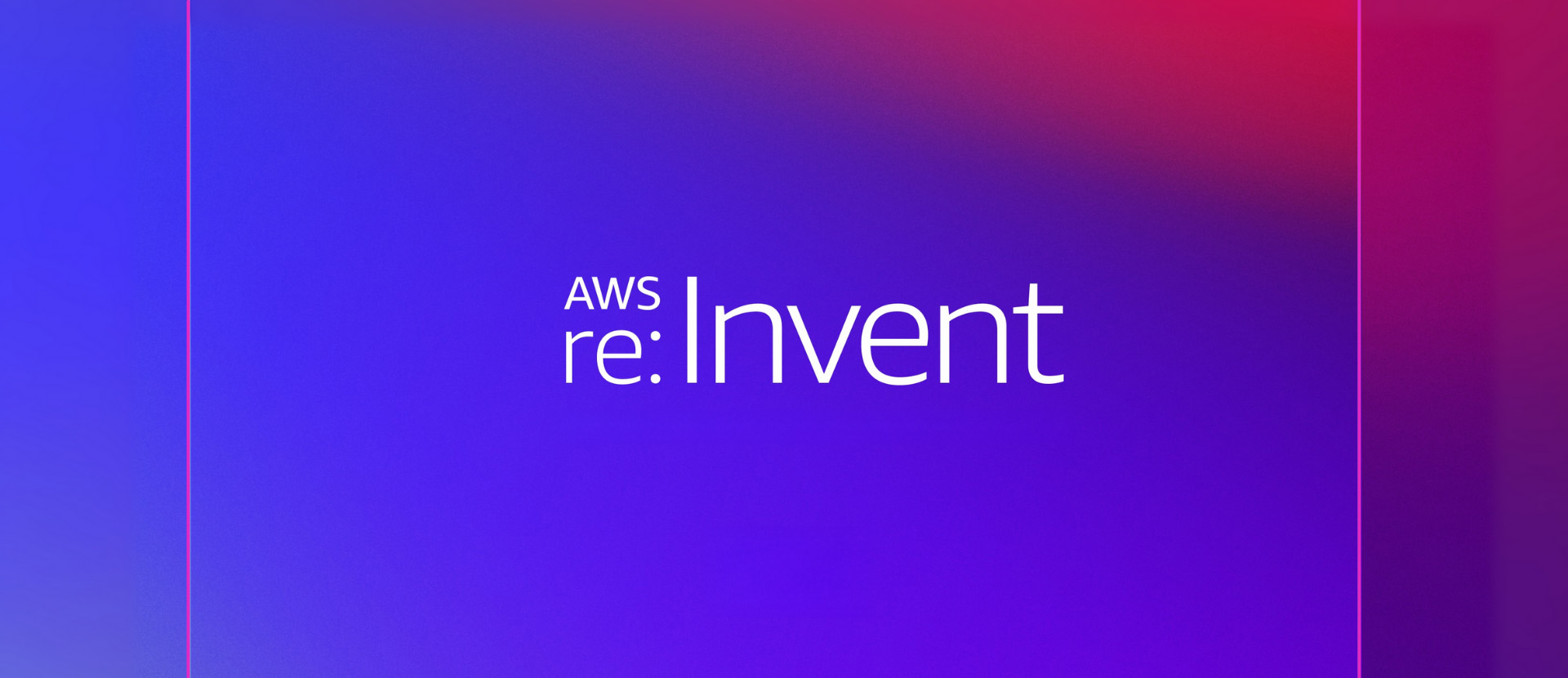When accessibility is treated as a promise rather than a feature, the impact goes far beyond compliance. For organizations managing multiple brand websites under a single WordPress Multisite network, ensuring that the promise is kept across every digital touchpoint is both a complex and crucial endeavour. The stakes go beyond compliance. Accessibility shapes how people engage, connect, and trust a brand. Done right, it extends reach, improves performance, and strengthens reputation—all while doing the right thing.
Understanding the Challenges of Scaling Accessibility
Creating inclusive experiences across a single website is a significant commitment. Doing so across a network of brand sites—each with its own goals, audiences, and content—introduces an entirely new level of difficulty. Each site might have its own editorial workflow, design system, or publishing cadence. Without a central strategy, accessibility can quickly become inconsistent. One site might follow best practices rigorously, while another lags with hard-to-navigate forms or videos lacking captions.
Maintaining accessibility compliance across this diverse and fast-changing ecosystem is a logistical challenge. The lack of dedicated accessibility roles or unclear responsibilities among teams can lead to gaps. Systemic accessibility issues, such as poor focus order or inaccessible modals, can propagate across multiple sites if baked into shared components.
And accessibility isn’t static. Teams constantly update content, adjust layouts, and roll out features. What’s compliant today might not be tomorrow. Adding regional accessibility laws, such as AODA in Ontario or the upcoming European Accessibility Act, multiplies the challenge.
The Strategic Role of WordPress Multisite in Inclusive Design
WordPress Multisite offers a unique advantage: centralized control with the flexibility for brand-specific variations. All sites live under a single WordPress installation, allowing admins to manage users, themes, and plugins centrally. That unified architecture becomes a powerful lever when building accessible systems at scale.
Instead of retrofitting dozens of separate sites, updates can be applied across the network. Shared tooling ensures uniform standards. Training, governance, and support can scale more efficiently. The key is using that centralization not just to streamline development, but to raise the bar on inclusion.
Building an Accessibility-First Theme Architecture
A strong accessibility foundation starts with the theme. In WordPress Multisite, a shared base theme allows for standard accessibility features to be implemented once and inherited across the network. Colour contrast, semantic HTML, keyboard navigation, and ARIA roles are baked directly into every component.
From that base, each brand can implement child themes to customize the look and feel without breaking accessibility. Think of it as a family of sites with shared DNA. The underlying structure remains sound, even if the brand voice shifts from playful to professional.
Block-based theming and theme.json introduce a new layer of control. With this configuration file, designers and developers can define typography scales, spacing units, and colour palettes that meet WCAG standards. These decisions are enforced visually inside the WordPress block editor, helping content creators stay accessible without needing technical expertise.
Busting the Biggest WordPress Multisite Myths
Accessibility Plugins and Tooling for Multisite Networks
Plugins play a big role in scaling accessibility across a multisite setup. Some essential tools include:
– Siteimprove: As a partner platform, Siteimprove provides robust accessibility monitoring and quality assurance tools. It offers automated scans, detailed reporting, and actionable insights across an entire WordPress Multisite network, helping organizations stay compliant and proactive.
– Equalize Digital Accessibility Checker: Offers real-time feedback in the editor, flagging WCAG issues as content is created.
– Accessibility Insights or axe DevTools: Though browser-based, these integrate into QA and developer workflows for deeper testing.
– Other monitoring platforms: Services like Monsido also offer comprehensive accessibility oversight for enterprises managing large digital ecosystems.
These tools ensure every site in the network is held to the same standards, helping teams catch issues early and automate routine testing. For enterprises, integration with CI/CD pipelines ensures nothing goes live without a compliance check.
Governance Models that Scale
Scaling accessibility isn’t just about tools—it’s about structure. A strong governance model creates clarity. One of the most effective approaches is to establish an Accessibility Centre of Excellence (ACE) within the digital team. This small group defines accessibility policies, reviews code and content patterns, and supports local teams in executing best practices.
Within WordPress Multisite, the ACE might manage the master theme, vet plugin installations, and curate the design system. Meanwhile, each brand or business unit takes ownership of day-to-day execution. This federated approach provides flexibility without sacrificing standards.
Clear roles help reinforce accountability. Developers know where accessibility fits into their sprint. Content creators understand how to write accessible alt text and headings. Design teams use inclusive UI patterns without reinventing them. Governance becomes less about restriction and more about enabling everyone to deliver better work.
Empowering Teams with the Right Processes and Training
People drive accessibility. In a WordPress environment, that means every contributor—from developer to editor—needs to understand their role. Training programs tailored by role and delivered directly through the dashboard can go a long way.
For developers, topics might include semantic HTML, ARIA landmarks, and screen reader testing. Designers benefit from understanding colour contrast ratios, text scaling, and interactive states. Content authors should know how to write descriptive links, use proper heading hierarchies, and upload media with transcripts.
Onboarding is an ideal opportunity to introduce accessibility expectations. And refresher sessions tied to WCAG updates or platform changes keep teams sharp. Several enterprise plugins even offer built-in help or tooltips to guide content authors in real-time.
Scaling Processes: Tooling, Testing, and Training Across the Organization
Successfully scaling accessibility in a WordPress Multisite network involves robust systems that integrate into existing workflows. It’s not just about running checks—it’s about embedding inclusive practices throughout the development lifecycle.
– Tooling and Automation: Automated scanning tools, such as Axe or Equalize Digital’s platform, help flag common WCAG issues sitewide. When integrated with build pipelines, they act as quality gates, preventing problematic code from reaching production. These tools are especially effective when tied to centralized dashboards, giving visibility across all sites. Siteimprove, in particular, enhances visibility by allowing central teams to track accessibility scores and improvements across an extensive network of sites.
– CI/CD Integration: Many organizations now add accessibility checks to their deployment pipelines. This might mean halting a deployment if contrast fails or if focus management isn’t handled correctly. By bringing accessibility earlier into the process, known as “shift-left testing,” costly rework is minimized.
– Human Testing and Audits: Automation covers a portion of the spectrum. Manual testing remains essential for ensuring real-world usability. This includes keyboard navigation, screen reader testing, and user feedback mechanisms. Regular audits—conducted quarterly or biannually—offer deep insight and help set priorities for improvement.
Auditing, Monitoring, and Maintaining Accessibility Compliance
Accessibility isn’t one and done. It’s ongoing. Multisite simplifies oversight. Central dashboards can aggregate accessibility scores across all brand sites, surfacing the worst offenders. Scorecards or heatmaps help prioritize remediation and demonstrate ROI to stakeholders.
Where issues are systemic—say, a broken pattern in a shared component—a fix in the base theme cascades across all child sites. That’s the beauty of scaling accessibility through WordPress Multisite.
For enterprises looking to transform their digital ecosystems with accessible, scalable WordPress solutions, Trew Knowledge brings the expertise to make it happen. From multisite configuration and design systems to auditing and remediation, we help organizations build better for everyone. Contact our experts today.


